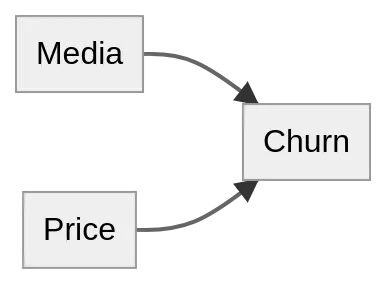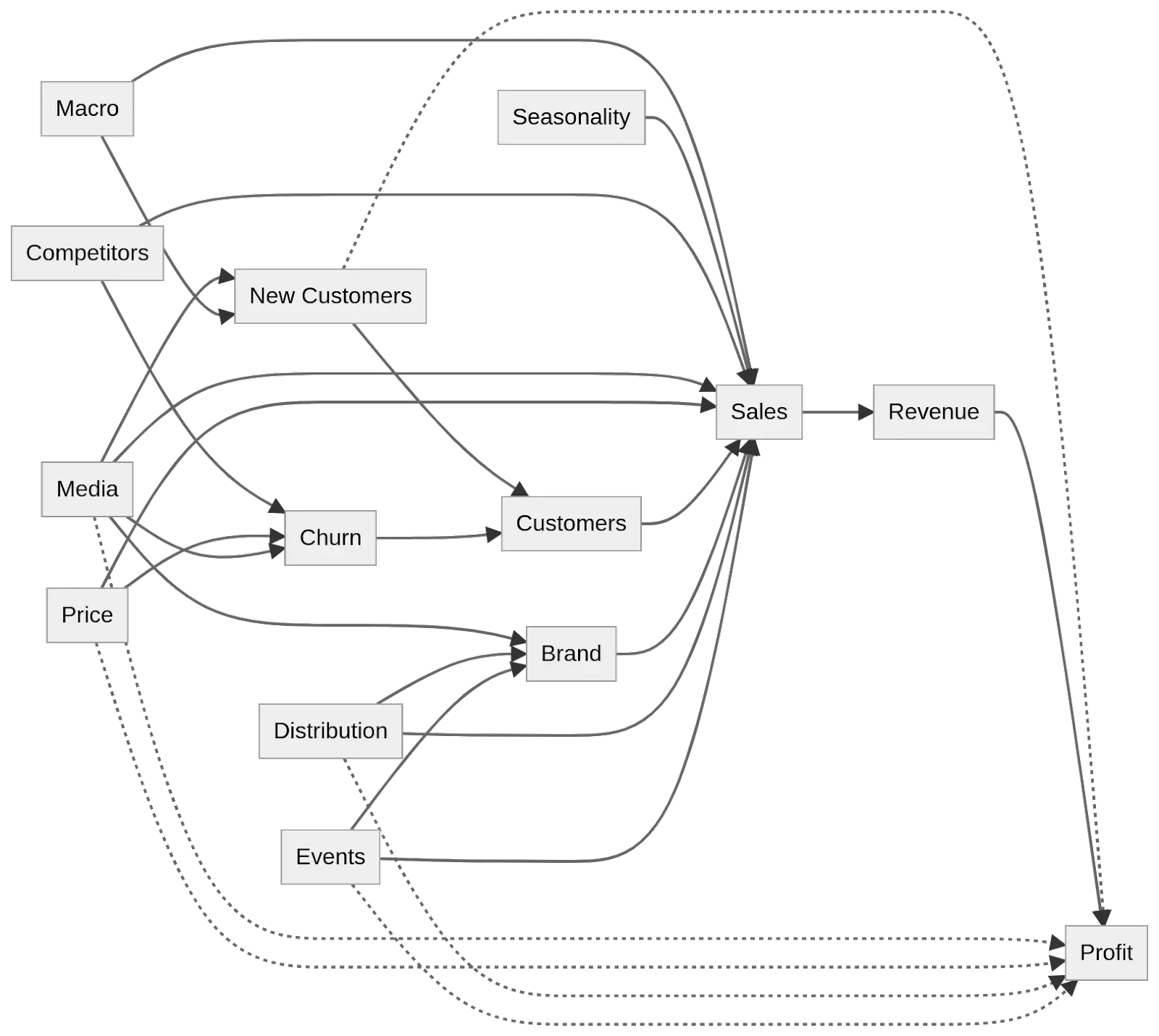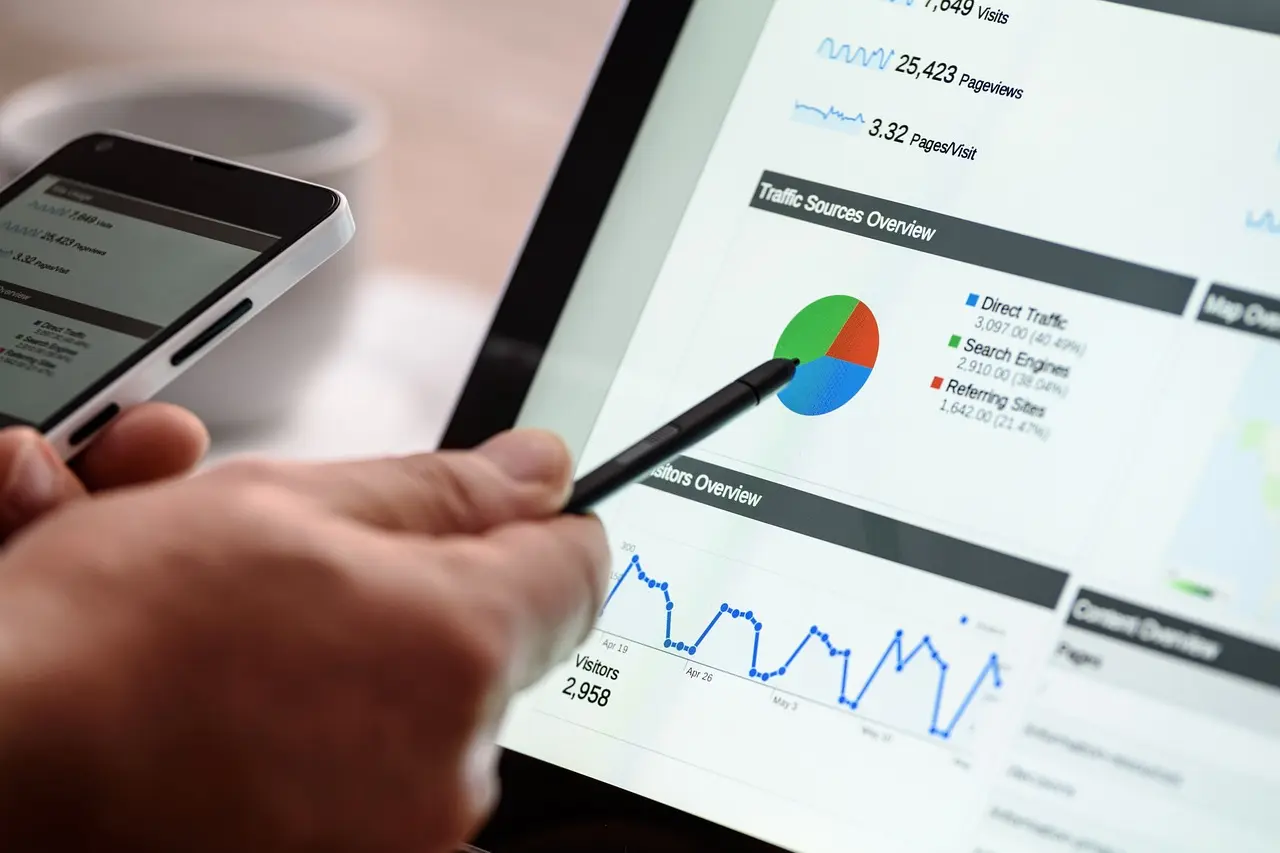How to boost business insights and business Intelligence with Artificial intelligence using models that actually understand the dynamics of the business.
Business Dynamics models
Business Dynamics Models (BDM) are an advanced evolution of Marketing Mix Models (MMM), designed to extend beyond the focus on media performance. While MMM traditionally evaluates the impact of marketing efforts like media spend, BDM takes a broader approach by capturing the intricate dynamics of an entire business. These models consider factors such as pricing, distribution channels, media marketing, and their collective impact on key business outcomes. By providing a holistic view of business drivers, BDM elevates business insights to a new level, enabling more informed and strategic decision-making.
Mathematical models are commonly used as an aid in business decisions today, such as
- Predicting future sales
- Customer Chur
- New customers
- Impact of competitors
- Budget planning
- Pricing Dynamics
- Marketing Investments
- Multi-Touch AttMulti-Touch Attribution (MTA)
- Demand forecasting
- Impact of branding
Individually they add value, but by it is only looking at a subset of the problem, they are not able to account for everything that is going on in the business, nor do they allow for expressing all the unique business dynamics for a specific business. A business dynamics model is a superset of all these different models and more. Thus one can construct a model that focuses on the full business perspective.
Say we want to model for customer churn, for simplicity, we assume it consists of media investments and pricing, and based on that one can figure out how to minimize customer churn.

In the case of minimizing customer churn, the simple answer is to drastically cut prices and do heavy advertising. That is all good if customer churn is the only KPI of interest, but media investment and price also impact how many new customers, sales in general, brand awareness, etc. Media investment and price reductions are also not cheap so it will also affect the bottom line.
Commonly the effectiveness of media investment and price will have various degrees of effectiveness for different KPIs. By that, I mean that a 10 % price reduction might have a big impact on churn but one might need to do a 20 % to have the corresponding effect to acquire new customers. So by looking at only a small part of all the business dynamics, one ends up maximizing one KPI but by doing a few tweaks one can improve multiple KPIs at the same time leading to even more sales. At the same time, one wants to consider the effects on the bottom line, will the amount spent on media investment and price reductions actually result in more profit in the end?
This is why we advocate for a whole Business Dynamics approach, that accounts for all the dynamics and interactions that can be accounted for. In order to do this, it is important to work together with the customer to understand how different drivers and sales channels relate to each other for the specific business.
Instead one needs a model that looks like this
 A complete Business Dynamics model
A complete Business Dynamics model
Where one can see how the decisions impact customer churn, and new customer accusations as well as being able to lead it back to the profit in the end.
We work together with our customers to figure out what KPIs are of interest as well as what data is available to build the model with. This means we sometimes build a model that predicts sales using just transactional data augmented with seasonality, trends, etc. Sometimes it is the full economic impact of all the business dynamics for a full set of data including; brand, distribution, media, pricing, macro economy, seasonality, trends etc.
But regardless of the size of the model, we leverage Bayesian Inference to be able to work with a low amount of data while avoiding overfitting and providing proper uncertainty estimation.
What insights can they provide?
When one has a business dynamics model, one can use it in a few different ways. One way is to use it to extract insights about the business. Here is an example of the types of answers the model can answer:
- What factors drive our sales?
- What was the ROI of our latest campaign?
- How much revenue do I get per 1000 EUR invested in media?
- How many sales are we getting out of our SEO program?
- What is the synergy between offline and online media?
- How do product prices and media interact?
- How does marketing affect each distribution channel’s ROI?
- How does distribution affect our brand?
- How much should I invest in Media next year?
- What is the optimal timing for our next campaign?
- With a 1 million EUR media budget, which media groups should we invest in?
- How many sales do we lose if we cut media by X%?
- How do we respond most effectively to changes in external factors like competitor initiatives, business cycles, and pandemics?
Obviously, if the model does not contain a specific variable group such as media, it can not answer questions with respect to media. That is why it is important to understand from the beginning what questions are of interest in order to ensure they can be answered by including the relevant data and business dynamics.
Enabling actionable steps
Since we are using a Bayesian inference methodology to build the model we are able to provide proper uncertainty estimation. This is a vital tool in decision-making as it enables us to properly compare actions and their consequences. Using this we provide a distribution of the possible outcomes, ex. Sales will increase by X on the low end and Y on the high given a specific action.
Say we are doing media planning, and we have two different media plans with a total budget of 1M euros that we want to compare. Plan 1 has an 80 % probability of at least producing 1.2M in profit and 20 % probability of 1.6M or more. Plan 2 80 % probability of at least producing 0.5M in profit and 20 % probability of 2.3M or more. Both plans have the exact same mean prediction of providing 1.4M in profit but the certainty of not losing money is a lot higher for plan 1 compared to plan 2. This is why proper uncertainty estimation is key in decision-making.

Find the optimal action
For a complex model with many levers, it is sometimes difficult to manually try different scenarios in order to figure out what the best alternative is. Instead one can use optimization to mathematically find the optimal strategy.
In order to do this in a way where it actually provides actionable results, it is important to be able to set the relevant business constraints, ex in what range should it be allowed to set pricing, how much should be put into media, etc.
Let us help you with this, we have the tooling in place to actually get sane action recommendations.
Summary
By actually modeling the full business dynamics and not just a subset, it is possible to actually measure the full impact of various drives such as price changes or media investment across the whole business, enabling better decision-making.
To provide our customers with direct access to the models and the insights they provide, we have built the commercial navigator. This enables you to get the learnings you want.